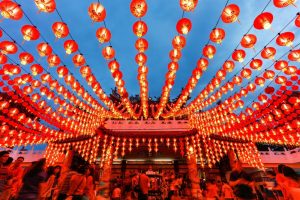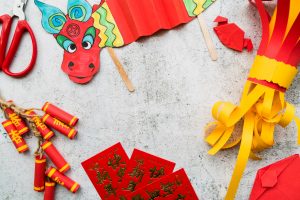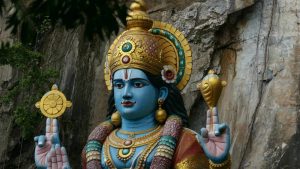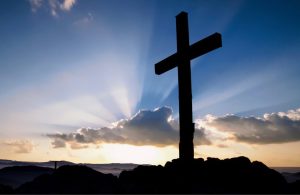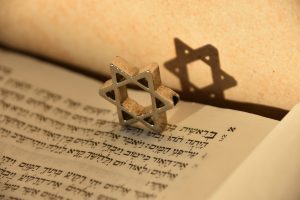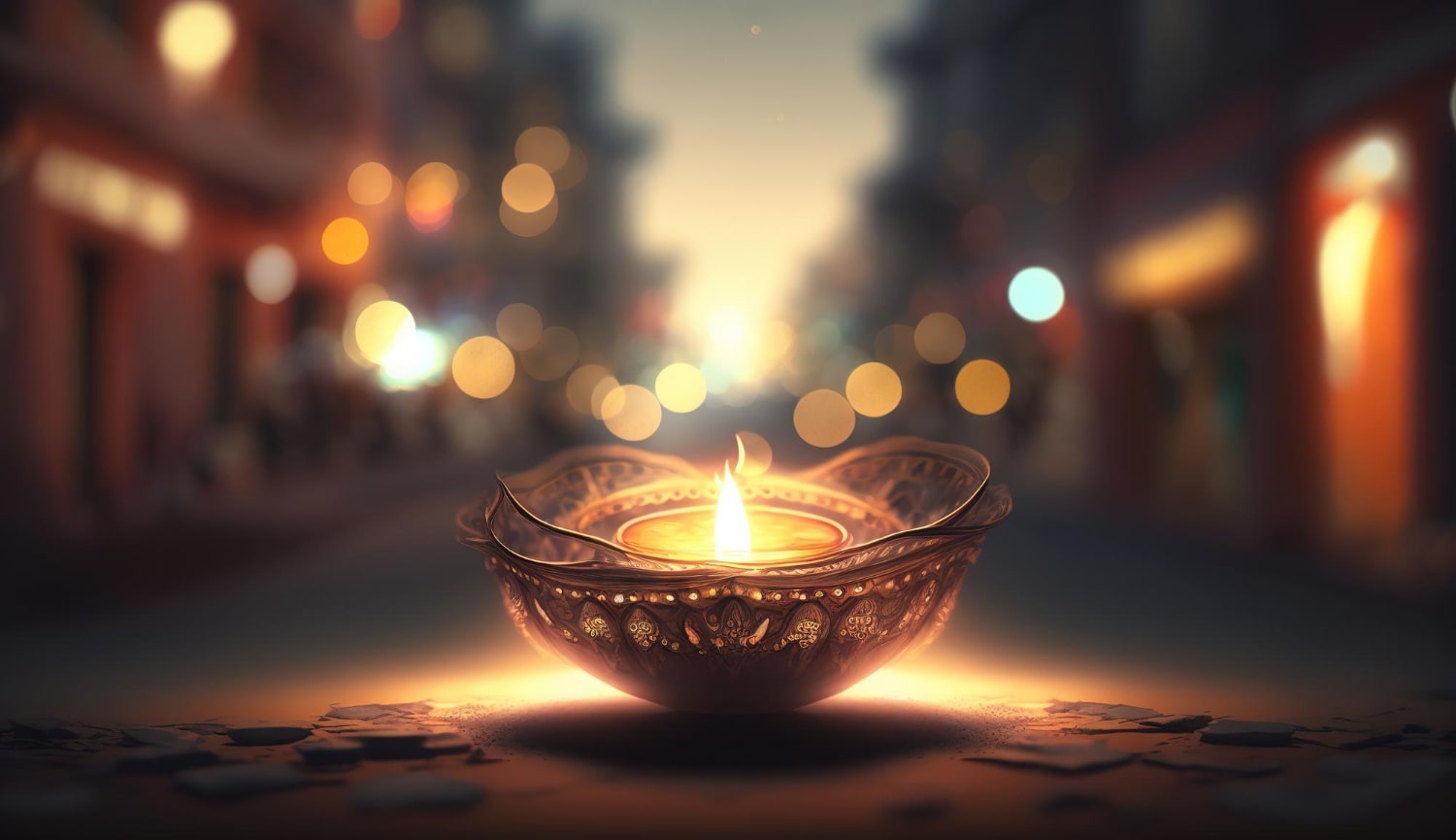
20 interesting facts about Diwali
- 👁️ 313
Diwali, also known as Deepavali, is a significant festival celebrated by Hindus, Sikhs, Jains, and some Buddhists around the world. The festival typically lasts five days and is marked by the lighting of lamps, feasting on sweets, family gatherings, and the exchange of gifts. Diwali symbolises the victory of light over darkness, good over evil, knowledge over ignorance, and hope over despair. The specific customs, rituals, and legends associated with Diwali can vary widely among different cultures and regions within India and other countries where the festival is observed. Here are some fascinating facts about this colourful and spirited festival.
Fascinating facts about Diwali:
- Diwali typically falls between mid-October and mid-November, depending on the lunar calendar.
- The festival gets its name from the Sanskrit word “Deepavali,” which means “row of lamps.”
- The lighting of oil lamps, known as diyas, symbolises the triumph of light over darkness.
- Diwali is often referred to as the Hindu New Year.
- Different regions celebrate Diwali for various mythological reasons, such as Lord Rama’s return to Ayodhya or the victory of Lord Krishna over demon Narakasura.
- Diwali is a national holiday in India, Nepal, Sri Lanka, Trinidad and Tobago, Guyana, Fiji, and other countries.
- In Jainism, Diwali marks the day Lord Mahavira attained nirvana or spiritual liberation.
- Sikhs celebrate Diwali as Bandi Chhor Divas, commemorating the release of Guru Hargobind Singh from imprisonment.
- Businesses often close their old accounts and start new financial books on Diwali.
- The festival is associated with the worship of Goddess Lakshmi, the deity of wealth and prosperity.
- Families often clean and decorate their homes to invite Goddess Lakshmi in.
- Fireworks and firecrackers are a common feature of Diwali celebrations, signifying joy and warding off evil spirits.
- Traditional sweets known as mithai are prepared and exchanged during the festival.
- Diwali also celebrates the bond between husband and wife, particularly on the day known as Bhai Dooj.
- Rangoli, intricate patterns made with coloured powders, is a traditional art form created during Diwali.
- In the lead-up to Diwali, it is common to purchase gold, silver, and other precious metals.
- The five days of Diwali are named Dhanteras, Choti Diwali, Diwali, Govardhan Puja, and Bhai Dooj.
- Eco-friendly Diwali celebrations are becoming increasingly popular, with an emphasis on reducing noise and air pollution.
- Diwali is also linked to the harvest season, and in some regions, it marks the end of the harvest and the start of winter.
- In Bengal, the festival is dedicated to the worship of Goddess Kali, known as Kali Puja.
Diwali’s universal themes of renewal, joy, and the triumph of good over evil resonate with people across different cultures and religions. As a festival, it brings together family and community in vibrant celebration, showcasing rich traditions and diverse interpretations. The lighting of lamps, the sharing of sweets, and the joyous sounds of firecrackers during Diwali offer a unique and uplifting experience. Whether one is participating in the rituals or simply enjoying the sights and sounds, Diwali remains a festival that transcends boundaries and continues to light up hearts and homes around the world.

